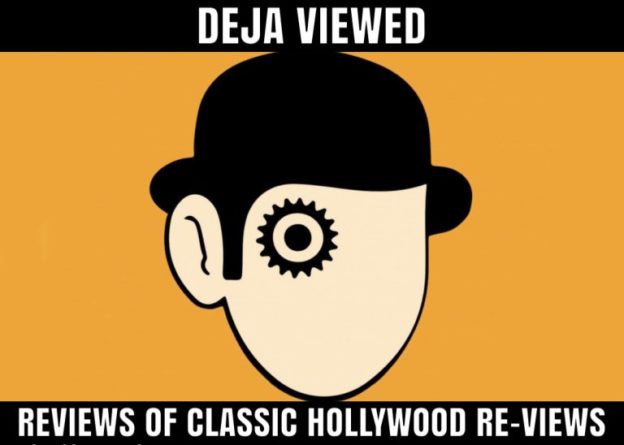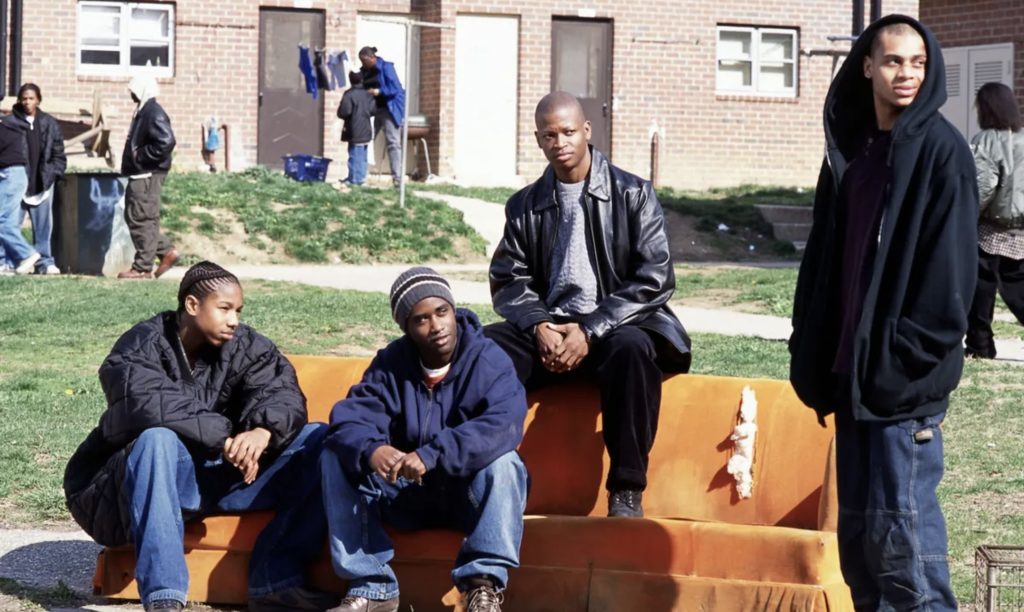Ask Google ”What are the greatest television shows of all time?”, and she’ll promptly display a horizontal bank of names, with corresponding photos. There’s no number to designate rank, but if one were to read left to right, the first ten would look as follows:
The Sopranos; The Wire; Breaking Bad; Fargo; Oz; Mad Men; The Shield; Deadwood; True Detective; and Better Call Saul.
Two things stand out on the list. One, Vince Gilligan created two of them, Breaking Bad and Better Call Saul. Two, they all have crime and death at the core of their story lines.
Except Mad Men.
If anything, the story line of Mad Men should barely constitute a daytime soap opera, let alone a prime-time drama: A New York advertising executive in the 1960’s struggles with alcohol, womanizing and a spiraling All-American family life, in that order.
The show, which turns 15 this year, would offer no murder plot, no gang syndicate, no crime, really, to speak of besides the white collar variety. The only significant death happened before the show’s first episode. These Mad Men were racist, sexist, and as poetically merciless as The Sopranos or The Wire in their worldview of America as fading corporate sellout.
That Mad Men managed the transcendent feat bloodlessly makes the show arguably the highest TV achievement ever.
Embodying that malaise is adman Don Draper (Jon Hamm), a creative arts director who doesn’t buy the American Dream because he sells it on TV and magazines. Well.
If Tony Soprano is the Washington on the Rushmore of Hollywood’s iconic TV anti-heroes, Don Draper is its Lincoln. Creator Matthew Weiner, who served as a producer on Sopranos, created his greatest anti-hero since, well, Tony Soprano. Instead of a Mafia don, we get a Madison Don.
But make no mistake: a sharp suit does not soften the ugly edges of the character draped in it. This anti-hero is as much anti as hero, maybe more. Tony and Don both depart the series smiling, but at least you knew Tony was smiling at the image of his family. The frustrating beauty of Mad Men is you can never really tell if a character is being honest — or selling an image they honestly want to be.
One way to measure a show’s IQ is to count how many times a character has a facial reaction NOT seen by the other characters in the scene, particularly dramas. Mad Men specialized in the unshared epiphany.
What may ultimately set Mad Men apart among TV historians is its sense of history. Set from 1959 to 1970, Mad Men feigns being a show about the 60’s. But it really chronicles the birth — and death — of the Baby Boomer generation. We watch with Don & Partners as events such as the Kennedy and King assassinations and the Civil Rights movement leave our heroes crippled and dog paddling in a rising corporate tide. But like Breaking Bad, it’s all black comedy, many times laugh out loud. Even the final scene is so droll you won’t know if you’ve been won over or flim-flammed.
Which is Mad Men’s ultimate point. Are you loved and happy, or playing someone who is? Is there a difference?
Seasons 1, 5 and 7 are the show’s best, in that order. The First for its novelty; Fifth for its Conradian Hero’s Arc, and the Seventh for Hero’s Return. Lady Lazarus, the 8th episode of season 5, may be Mad Men’s best episode, period. Written by Weiner, Lazarus is the show at its narrative and artistic zenith — with a stunning final two minutes that rival any two final minutes. Period.
Combine the show’s needle drops (from the Beatles to the Stones to Frank and Nancy Sinatra) with its meticulous attention to historical detail, and you have, essentially, Ken Burns with dramatic flair.
Sold.












